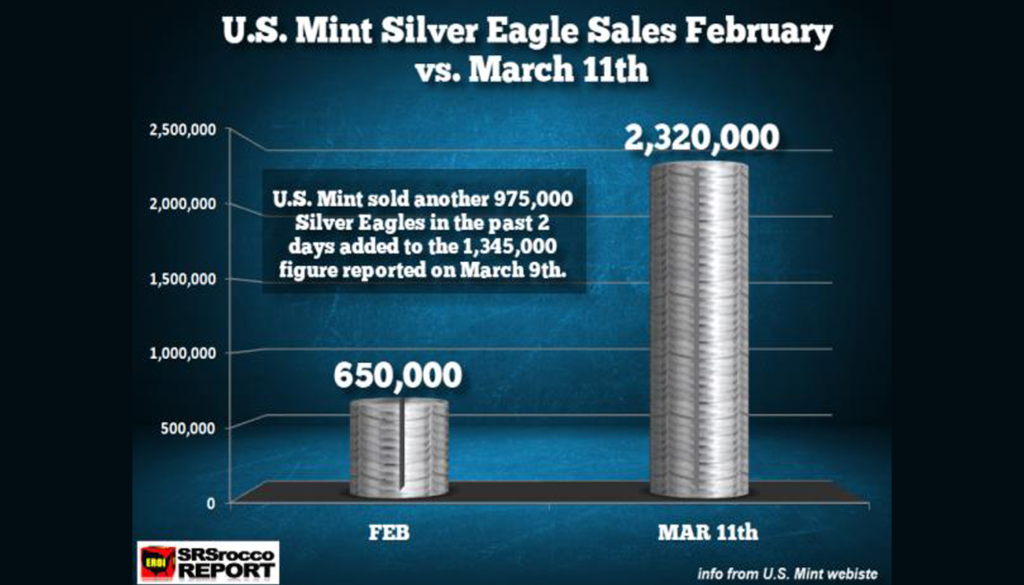As gold prices hit a 2012 record of $1,787.40 per ounce on Friday, Bank of America Merrill Lynch analysts said the precious metal could soar to $3,000 or even $5,000 over the longer-term.
“We will be focusing in on gold. Ultimately we think gold can trade between $3,000 and $5,000 an ounce going forward,” MacNeil Curry, head of foreign-exchange and rates technical strategy at BAML, told CNBC’s “Worldwide Exchange.”
“Certainly not within the next few months, but on a long-term basis we are on a well-defined uptrend, and we have got more to run before that runs its course.”
Sabine Schels, senior director and head of fundamental commodity research at BAML, added: “The best long story for commodity markets right now is gold. In the type of aggressive monetary policy easing environment we have right now, post what the Fed has done with an open-ended QE, and what the ECB has done, you really want to be invested in gold.”
Schels forecast gold prices would reach $2,000 within six months, before rising to $2,400 by the end of 2014.
While Bank of America’s call on gold is among the most bullish, other market participants have also weighed in to suggest the yellow metal’s rally is far from over. (Read More:Gold Should Be ‘Owned by Everyone’: Dalio.)
In a Deutsche Bank report published on Tuesday, analysts Daniel Brebner and Xiao Fu forecasts gold prices will exceed $2,000 in the first half of 2013.
Like Schels, Brebner and Fu think a soft global monetary picture will be positive for gold prices.
“We believe the growth in supply of fiat currencies [those without intrinsic value] such as the U.S. dollar and dollar-linked currencies such as the renminbi is a key driver, followed by concerns regarding inflation and inflation volatility which could follow,” Brebner and Fu said in the report.
They added that the low interest rate environment meant investing in commodities rather than other asset classes came with negligible opportunity cost. (Read More: Gold ‘Clear Winner’ From Stimulus)
While the current global economic picture is supportive of gold, its intrinsic characteristics also help.
“Gold is truly scarce, having a concentration of around 3 parts per billion in the Earth’s crust… Scarcity may create some stability in the value that it represents, and in turn impact the confidence with which the public regard it,” Brebner and Fu said.
“The rate of gold supply growth is normally quite slow and reasonably predictable,” they continued.
Katy Barnato – CNBC – September 21, 2012






